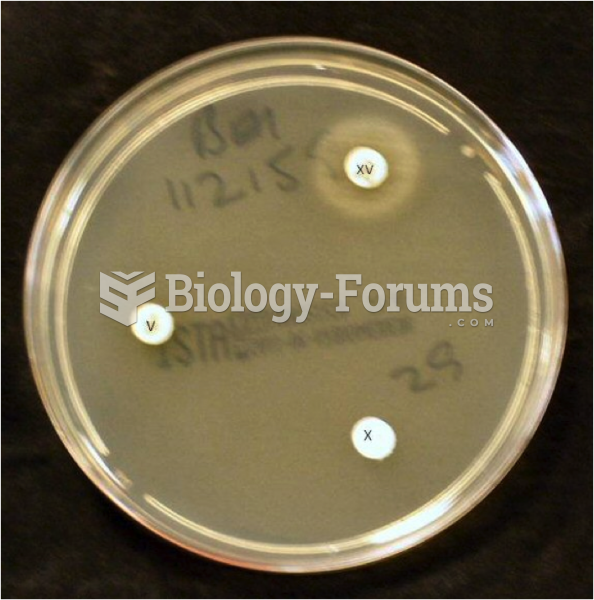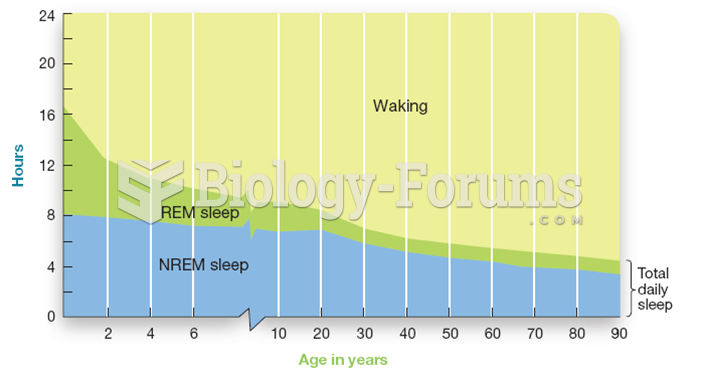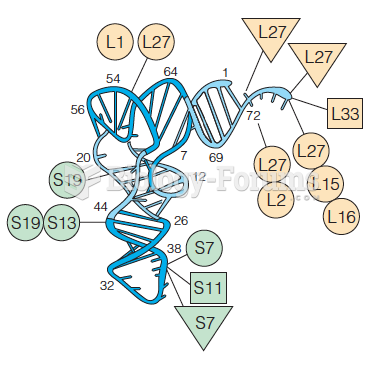|
|
|
The first oncogene was discovered in 1970 and was termed SRC (pronounced "SARK").
Drying your hands with a paper towel will reduce the bacterial count on your hands by 45–60%.
Cytomegalovirus affects nearly the same amount of newborns every year as Down syndrome.
Children with strabismus (crossed eyes) can be treated. They are not able to outgrow this condition on their own, but with help, it can be more easily corrected at a younger age. It is important for infants to have eye examinations as early as possible in their development and then another at age 2 years.
Before a vaccine is licensed in the USA, the Food and Drug Administration (FDA) reviews it for safety and effectiveness. The CDC then reviews all studies again, as well as the American Academy of Pediatrics and the American Academy of Family Physicians. Every lot of vaccine is tested before administration to the public, and the FDA regularly inspects vaccine manufacturers' facilities.







